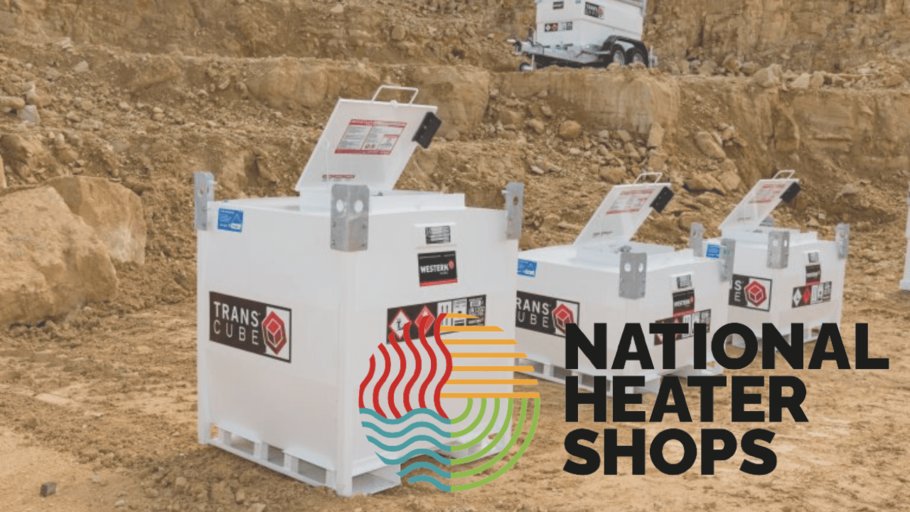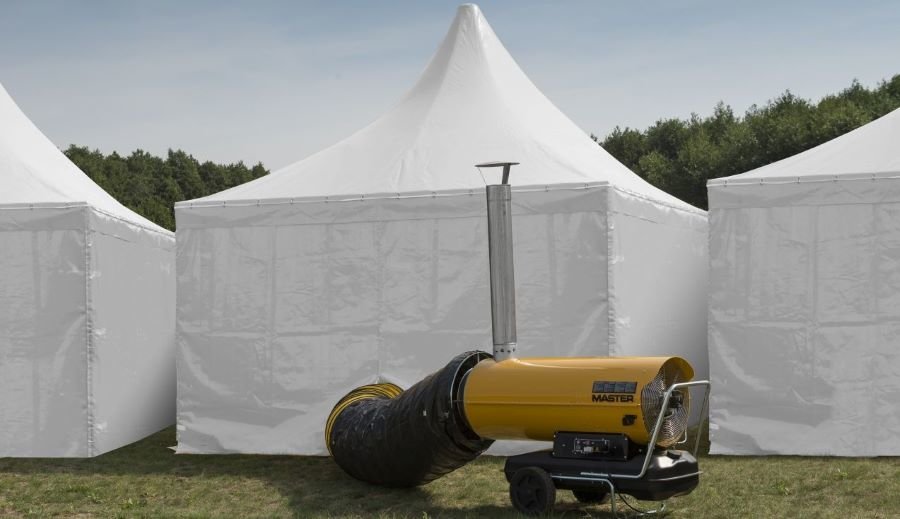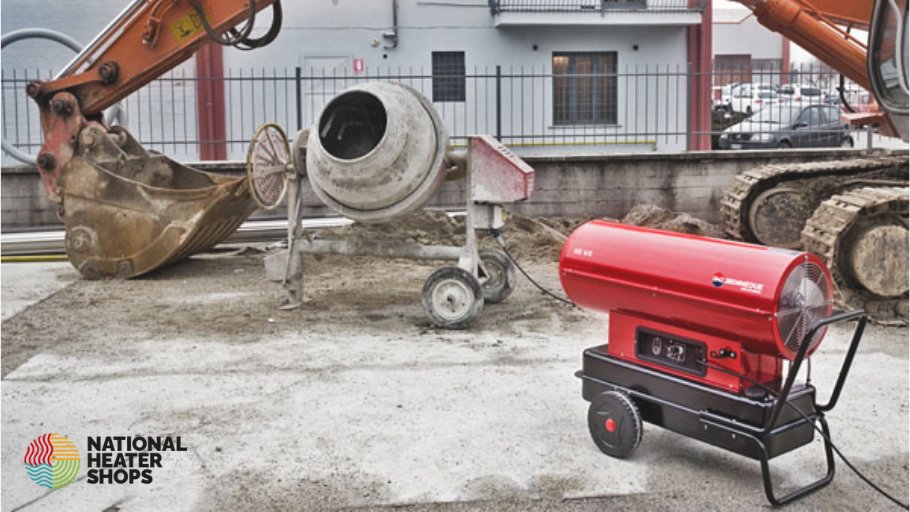Fuel can be corrosive, and if there is a spill near a lake, it could cause massive pollution issues for the local wildlife and environment. Bunded fuel tanks exist to combat this potential danger.
What is a bunded fuel tank?
Bunded fuel tanks are essentially a ‘tank within a tank’. This means there is an outer protective layer around the inner tank. By doing this, the corrosive substance inside must make its way through two layers of material before a potential spill. This reduces the risk of pollution massively.
Control of Pollution regulation: 2001
This stipulates that all commercial and industrial tank users must provide a secondary containment capability to make sure that in the event of any leaks, the fuels stored do not make it to the outside world where they could potentially mix with water. A bunded fuel tank is the perfect solution to this.
Steel or plastic?
Both have their pros and cons:
- Steel tends to be more secure than plastic because it is harder to drill through to siphon fuel.
- Steel is capable of holding more, with a maximum capacity of 120,000 Litres.
- Steel is more flexible than plastic in terms of design. Custom, complex designs can be made with relative ease.
- Steel is heavier and is thus less manoeuvrable.
- Plastic is easier to install due to its lightweight nature.
- Plastic is an insulator, so the transfer of heat to the fuel is delayed
- Plastic fuel tanks are seamless, so are less prone to failure, even if it deforms, plastic has the ability to regain its natural shape.
- Plastic has a maximum capacity of 6500 Litres.
- Plastic can become weak after prolonged exposure to sunlight.





